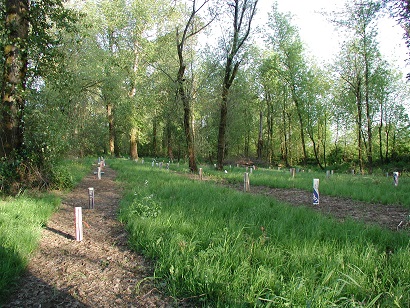Brad Withrow-Robinson, Forestry & Natural Resources Extension, Benton, Linn and Polk Counties.
I feel helpless in the face of the catastrophic fires devastating our area, and other parts of Oregon. I watch the news and study fire maps documenting the destruction of and threats to communities that I know. I mourn over the devastation that has, is and will be happening, all in a matter of days.
I am in awe of our fire and emergency response communities. Professionals and volunteers are doing heroic work to save life and property, as well as help people start mending their lives. I pray for the weather to moderate and help them in their work.
My heart goes out to all of you in the fire-affected areas living with danger, loss and uncertainty, including many who are friends, family and colleagues.
But I am heartened by our response as communities. Locally, from across the state and across the country, people are showing up, sending assistance and resources.
We will ride this out. Then we’ll see what we can do afterwards.
I know many of the thoughts and emotions I just stated are shared by many of my colleagues in Extension. We are part of these communities, and anxious to be part of the response. This is clear from the Extension and 4-H families among the many volunteers at the fairground evacuation centers.
We are just starting to look for other ways to help. We held a listening session recently, with other steps to follow.

Be strong, be generous in thought and action, and be safe.
Brad
P.S. (Sept 18, 2020)
Our experience with these fires has illustrated both the importance and the challenges of finding relevant information.
The Oregon Wildfire Resources website is an important clearing house for state and local information, news and resources that everyone should be checking.
OSU Extension is also committed to assisting in providing fire related information. OSU Forestry & Natural Resources Extension’s new Fire Program provides education and outreach regarding wildfire, wildfire preparedness and response for all Oregonians.
Please visit the OSU Extension Fire program website for information on preparedness, smoke, and other emerging issues. Be sure to click on the Browse all Resources button at the bottom of the page to be directed to more resources. These will continue to expand.
Here are links to a few:
- Wildfire smoke and your health
- Create a clean room to protect indoor air quality during a wildfire
- Safely cleaning ash in yard/garden
- Bees & wildfire smoke
At press time with some rain, fire behavior is less aggressive for now, but smoke will continue to be an issue in western Oregon. Please be informed and cautious.






